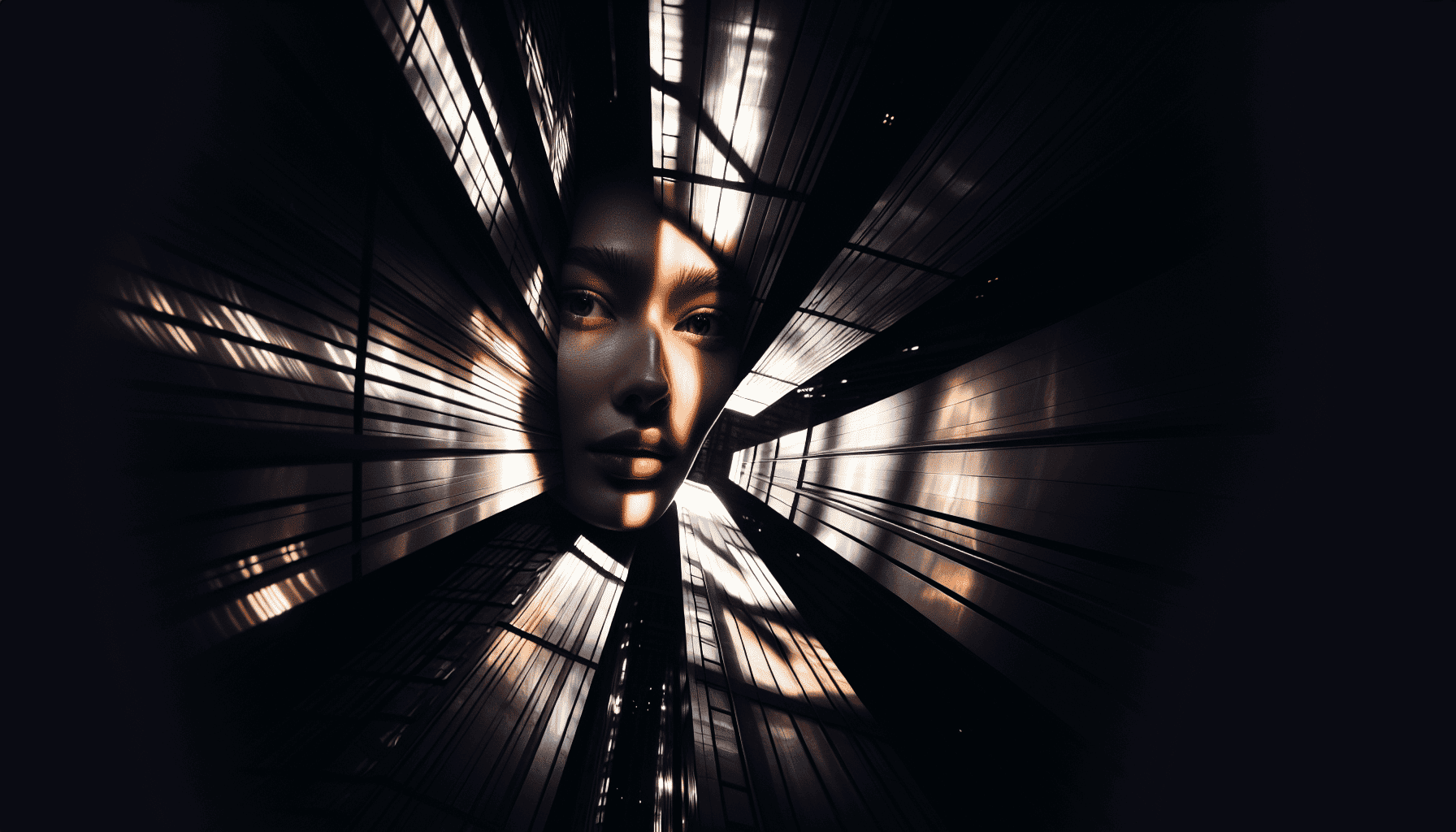Portrait photography has long been a favored medium for capturing human emotion, personality, and beauty. As technology advances and artistic tastes evolve, photographers seek innovative techniques to transform ordinary portraits into extraordinary works of art. These cutting-edge approaches can add depth, emotion, and a sense of wonder to your work, captivating viewers and breathing new life into this classic art form.
1. Environmental Portraiture
One of the most compelling techniques in modern portrait photography is environmental portraiture. Unlike traditional portraits that focus primarily on the subject's face, environmental portraiture includes meaningful elements of the subject's environment. This approach allows the viewer to glean insights into the subject’s personality, interests, or lifestyle. Whether it's a chef amidst the organized chaos of a bustling kitchen or an artist in their colorful studio, these portraits tell a deeper story about the individual.
2. Creative Lighting
Lighting can make or break a photograph, especially in portraiture. Experimenting with innovative lighting techniques can elevate the mood and impact of your portraits. From using colored gels to create vibrant, mood-enhancing backdrops to manipulating natural light through reflective surfaces, the possibilities are endless. Rim lighting, for instance, can highlight the contours of a subject, adding depth and drama to the image.
3. Unconventional Angles and Perspectives
Playing with angles and perspectives can lead to intriguing compositions that engage the viewer’s curiosity. Shooting from a low angle can lend power and dignity to a subject, while a high-angle shot might impart a sense of vulnerability or candidness. Aerial perspectives, achievable with drones, offer unique vantage points previously unattainable, providing a fresh take on portraiture.
4. Double Exposure
Double exposure is a technique where two images are superimposed within a single frame. While traditionally done in film photography by exposing the same piece of film twice, digital photography offers more control and possibilities for this method. This technique can symbolize the multifaceted nature of a person or express complex emotions, creating images that feel ethereal or dreamlike.
5. Shoot Through Objects
Shooting through objects can introduce an element of mystery or narrative to a portrait. Glass, prisms, or even foliage can serve as intriguing foreground elements that add texture and layers to an image. A glass of water, for example, can distort the facial features of a subject in a fascinating, abstract manner, while a leafy branch can create a natural frame that adds context without dominating the image.
6. Motion Blur
Incorporating motion blur into portraiture can convey a sense of liveliness or emotion, breaking the static mold of traditional portraits. By slightly prolonging the shutter speed, the photographer can capture the dynamic movement of hair blowing in the wind or the gentle sway of a dancer's hands, infusing the portrait with energy and life.
7. Interactive and Candid Moments
While posed portraits have their place, capturing candid moments often yields more genuine, heartfelt images. Encouraging interaction and spontaneity during a session can result in portraits that are both intimate and authentic. Whether it's laughter shared between friends or a moment of quiet reflection, these genuine emotions resonate strongly with viewers.
Conclusion
Innovation in portrait photography is not solely about using the latest technology but about seeing the familiar through a fresh lens. By integrating environmental storytelling, playing with lighting and angles, experimenting with creative techniques like double exposure and motion blur, and capturing authentic moments, photographers can craft compelling portraits that transcend mere representation and engage the viewer on multiple levels. As these techniques continue to evolve, so too will the limitless possibilities for portrait photography, ensuring it remains a vibrant and transformative art form.
